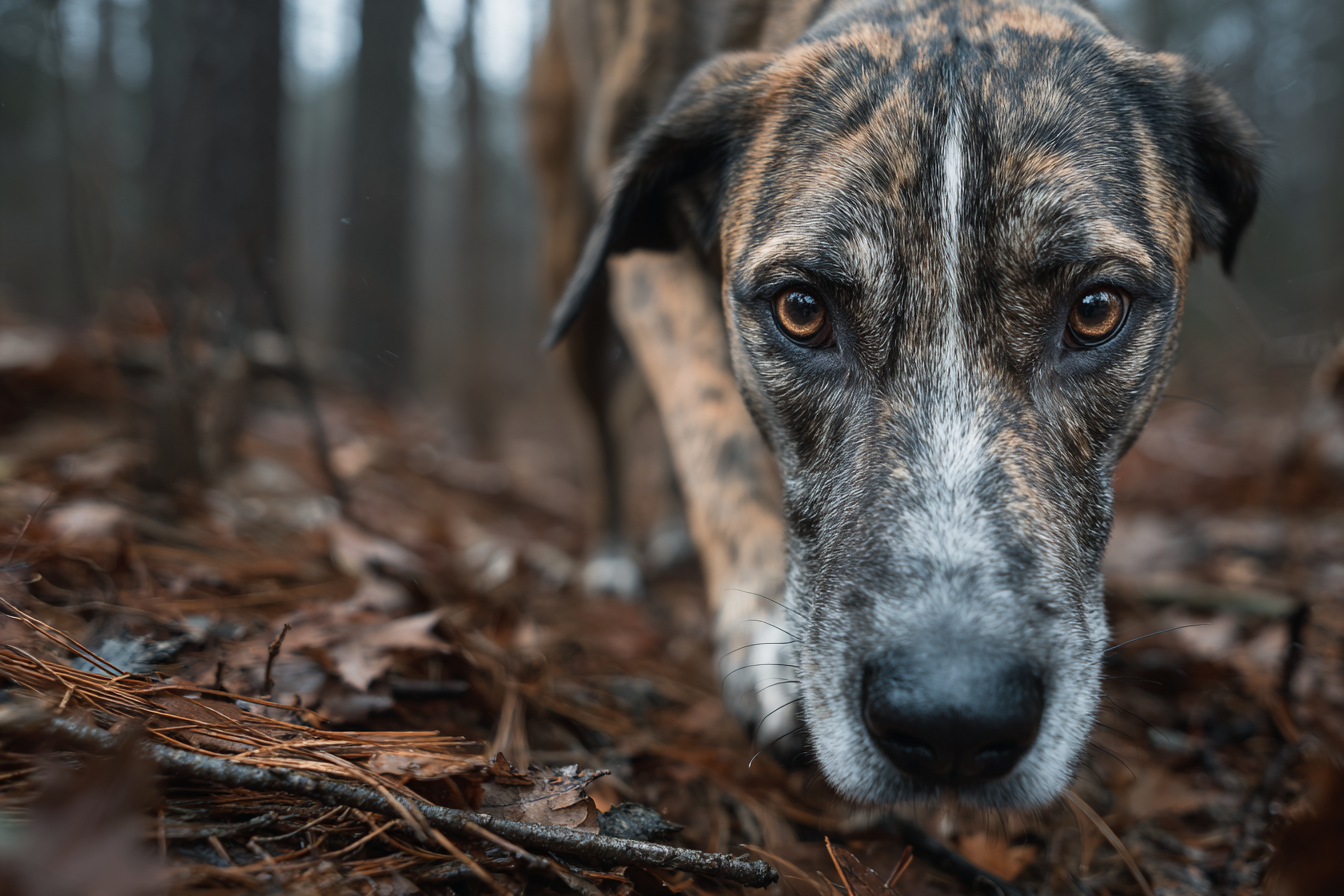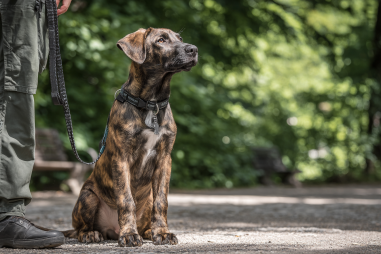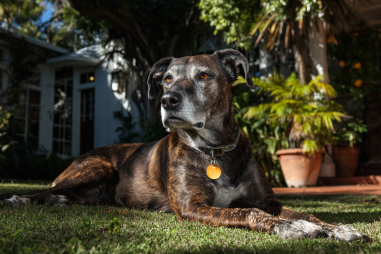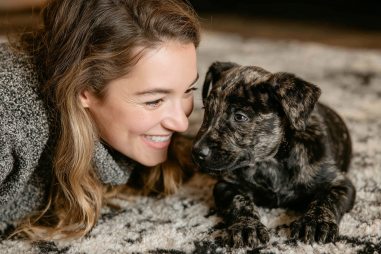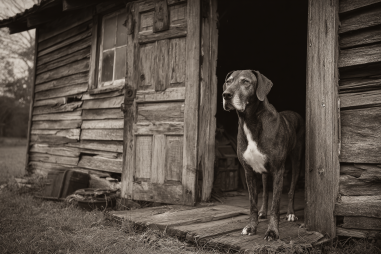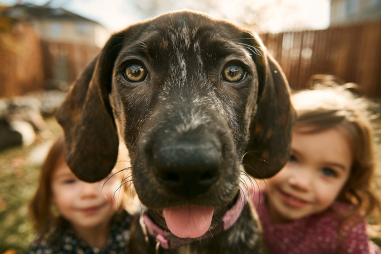When it comes to hunting dogs, the Plott Hound holds a respected place among hunters who value keen instincts, stamina, and persistence. Known for their remarkable tracking and hunting abilities, Plott Hounds have earned a reputation as one of the most reliable coonhound breeds available. This article explores the impressive hunting capabilities of the Plott Hound, shedding light on their history, physical attributes, training, and the ethical considerations hunters observe when working alongside this versatile breed.
Historical Hunting Background of the Plott Hound
The Plott Hound’s hunting legacy is deeply rooted in American history, tracing back to humble beginnings with German immigrants who brought their hunting dogs to the Appalachian region during the 18th century. The breed was named after its founder, Johannes Plott, who originally bred these dogs for tracking and hunting boars in Western North Carolina. Over time, the Plott Hound became renowned for its courage, tenacity, and skilled tracking ability, proving indispensable in hunting dense forests and rugged terrain.
The history of the Plott Hound is more than just a timeline—it reflects a purposeful development to create dogs capable of enduring harsh conditions while efficiently tracking and cornering prey. This evolutionary process forged a breed with exceptional scent tracking abilities and a fearless nature, making them a favorite among hunters pursuing a variety of game, particularly boar, bear, and raccoons.
Physical Traits That Enhance Hunting
The Plott Hound’s body is built for agility, endurance, and speed—all critical attributes for a successful hunting dog. They typically have a muscular, medium-to-large frame, with a strong chest that supports sustained physical effort during long hunts. Their dense, short coat provides protection against brambles, rough underbrush, and the elements, ensuring they remain comfortable in various environments.
Their paws are sturdy and well-padded, allowing silent and swift movement across uneven ground, while their long, powerful legs contribute to impressive stamina. Another noteworthy feature is their broad head and strong jaw, which help them grip prey firmly but carefully, minimizing harm until the hunter arrives. Their expressive, intelligent eyes reveal their alertness and focus—essential traits when tracking elusive game.
Tracking and Scenting Capabilities
At the heart of the Plott Hound’s hunting success are its extraordinary tracking and scenting skills. Classified as a scent hound, the Plott Hound has a highly developed olfactory system that allows it to follow trails that may be days old, even in challenging weather conditions. Their noses possess an acute sensitivity to a wide range of scents, enabling them to distinguish between different animals and follow the correct trail with remarkable precision.
What sets the Plott Hound apart from some other coonhounds is not only their keen nose but their persistence in the pursuit. They will track tirelessly and work in harmony with their human partners by baying loudly, providing hunters with audible cues to the prey’s location. This combination of scent detection and vocal communication enables successful hunts even in dense forests or mountainous regions where visibility is low.
Training Methods for Hunting
Training a Plott Hound for hunting begins early, ideally when the puppy is still impressionable and eager to learn. Positive reinforcement is key to building their confidence and willingness to follow commands. Socialization with other dogs and exposure to various scents and environments during puppyhood help prepare them for the diverse challenges they will face in real hunting scenarios.
Basic obedience commands provide a foundation, but specific hunting training involves scent discrimination exercises, tracking drills, and controlled fieldwork under the guidance of experienced handlers. The training emphasizes patience and consistency, rewarding the dog for alerting to scents rather than rushing recklessly. Many trainers also employ “follow and bay” techniques, encouraging the dog to maintain tracking while vocalizing to alert the hunter.
Regular practice in simulated hunting environments, combined with physical conditioning to build endurance, ensures the Plott Hound stays sharp and effective. Hunter and dog relationship development is essential—trust and clear communication between the two often make the difference in a successful hunt.
Typical Prey and Hunting Scenarios
Plott Hounds are most famously used for hunting boar, a challenging and dangerous target requiring a brave and skilled dog. Their ability to track wounded boar and hold their ground despite aggressive resistance makes them invaluable for this type of game. Additionally, these hounds are commonly employed for tracking bears, raccoons, and other medium-sized mammals.
In the hunting field, scenarios often involve dense forests, mountainous regions, or areas with thick underbrush. The Plott Hound’s agility and endurance allow them to navigate such terrain efficiently while maintaining focus on the scent trail. They work closely with hunters, often under the cover of darkness, using their baying to indicate the quarry’s position and help the hunter move in for the capture or observation.
Safety and Ethics in Hunting with Plott Hounds
Hunters who choose Plott Hounds value not only their ability but also the responsibility that comes with using them ethically and safely. Proper training ensures that the dogs do not unnecessarily harm wildlife or themselves. For example, avoiding overly aggressive confrontations with prey helps reduce injuries to both dog and animal.
Ethical hunting practices include respecting local laws, hunting seasons, and conservation efforts. Utilizing Plott Hounds responsibly prevents over-harvesting of game and promotes wildlife population balance. Safety measures, such as using protective gear for the dogs and tracking them closely, help prevent accidents in difficult terrain or against dangerous game like boars or bears.
Additionally, experienced hunters ensure their Plott Hounds are well cared for, kept healthy, and rested to maintain their peak performance over many seasons. This respect and care form a cornerstone of ethical hunting traditions.
Why Hunters Trust the Plott Hound
Hunters around the country trust Plott Hounds because of their blend of instinct, training, and physical capability. These dogs offer relentless determination, a strong work ethic, and a natural talent for tracking game in demanding conditions. Their loyalty and eagerness to please create a rewarding partnership between dog and hunter, where communication and mutual respect lead to successful hunts.
The combination of historical pedigree, physical prowess, scenting skills, and ethical use makes the Plott Hound an outstanding choice for those committed to challenging game hunting. Whether tracking through dense forests or rugged mountain streams, the Plott Hound’s hunting abilities continue to impress and perform at a level few other breeds can match.
In essence, the Plott Hound is more than just a hunting companion; it’s a symbol of persistence, courage, and intelligence. For hunters seeking a dependable and skilled partner, understanding the breed’s unique qualities and proper training methods ensures a fulfilling and successful experience in the field.

